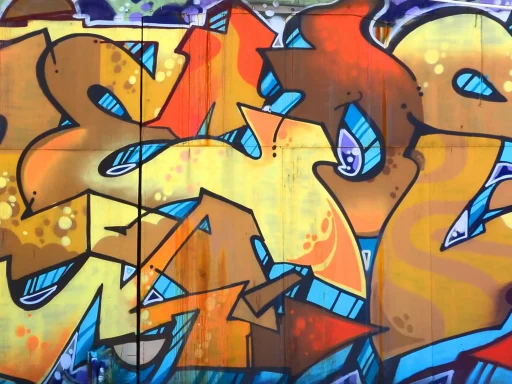Introduction to Tramp Slang
Tramp slang refers to the unique vocabulary and expressions used by tramps, vagrants, and hobos, particularly in the United States. This language is rich in imagery and reflects the experiences of those who have lived a transient lifestyle. Understanding tramp slang not only provides insight into a subculture but also highlights the creativity and resilience of individuals facing challenging circumstances.
History of Tramp Slang
The origins of tramp slang can be traced back to the late 19th and early 20th centuries when a surge of economic hardship drove many individuals to hit the road in search of work and a better life. During this time, a distinct set of terms emerged that reflected the lifestyle of those living on the fringes of society.
Key Terms in Tramp Slang
Here are some of the most commonly used terms in tramp slang, each carrying its own unique meaning:
- Hobo: A person who travels to find work, often by hitching rides on freight trains.
- Tramp: Similar to a hobo, but more focused on wandering without the intent to work.
- Bum: Someone who avoids work altogether and lives off the kindness of others.
- Mail train: A freight train carrying mail; often used by hobos to jump on and travel.
- Greaseball: A derogatory term used for a dirty or unkempt tramp.
- Catchout: To find a way to travel without paying fare, often by sneaking onto trains.
- Jitney: A shared taxi or car ride; a way for tramps to travel cheaply.
Cultural Significance
Tramp slang not only conveys practical information; it also serves a cultural purpose. The language fosters a sense of community among those who share similar experiences. The use of unique slang can create a bond between individuals, helping them navigate a world that may not always be welcoming.
Case studies, such as the travels of author Jack London, illustrate how tramp slang was more than just a means of communication. London’s books, including “The Road” and “The People of the Abyss,” documented the lives of tramps and offered a lens into their dreams, struggles, and the rich language that expressed their realities.
Modern Adaptations of Tramp Slang
While tramp slang is rooted in a specific historical period, its influence persists in modern vernacular. Many terms have seeped into popular culture, especially within music and literature. For example, the Great Depression era saw a resurgence in songs that referenced hobo life, using tramp slang to evoke emotions tied to struggle and adventure.
The current rise of digital nomadism has also resulted in a modern-day interpretation of tramp slang, where terms like “van life” or “travel hacking” resonate with a new generation seeking freedom and adventure.
Statistics on Homelessness and Transient Lifestyles
Understanding the historical context of tramp slang becomes even more significant when viewed against the backdrop of homelessness today. According to the U.S. Department of Housing and Urban Development:
- In January 2022, approximately 582,462 people were experiencing homelessness in the United States.
- Over 35% of homeless individuals are found in unsheltered locations.
- Young adults aged 18-24 make up approximately 7% of the homeless population.
This data highlights the continuation of a transient lifestyle, albeit manifested under different socio-economic pressures today. The language they use—a snapshot of their lives—remains part of their identity.
Conclusion
Tramp slang offers a fascinating glimpse into the lives of those who have lived on the railways and back roads of America. It carries not only historical significance but also cultural importance that echoes in the modern world. As language evolves, the resilience and creativity of individuals navigating life as tramps continue to inspire and challenge societal perceptions of homelessness and transient living.
By understanding tramp slang, we embrace the stories and experiences of a marginalized community, reminding ourselves that the struggle for dignity and connection transcends time and language.






